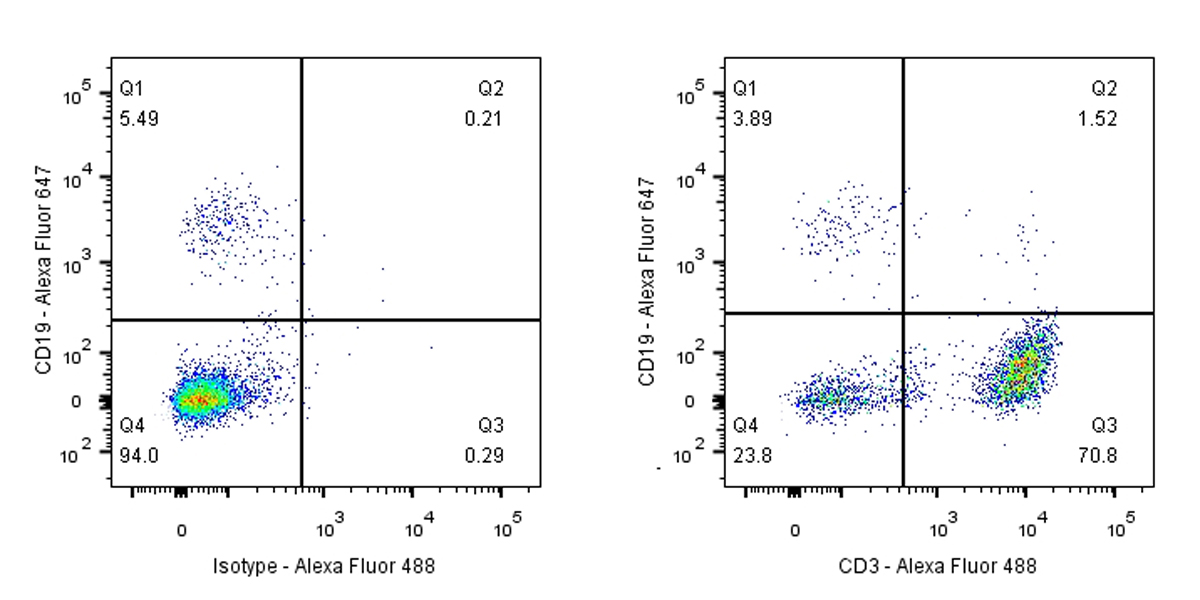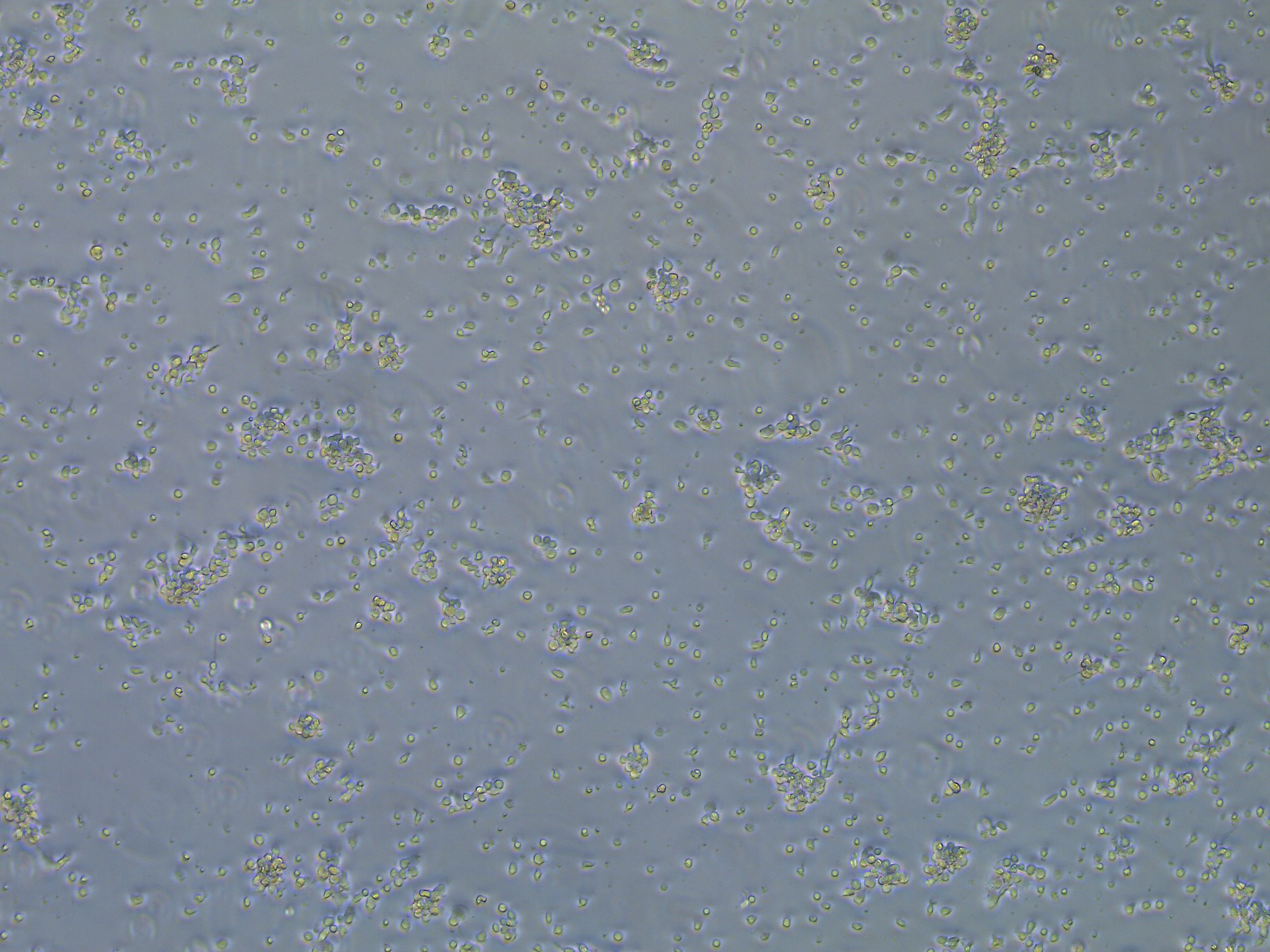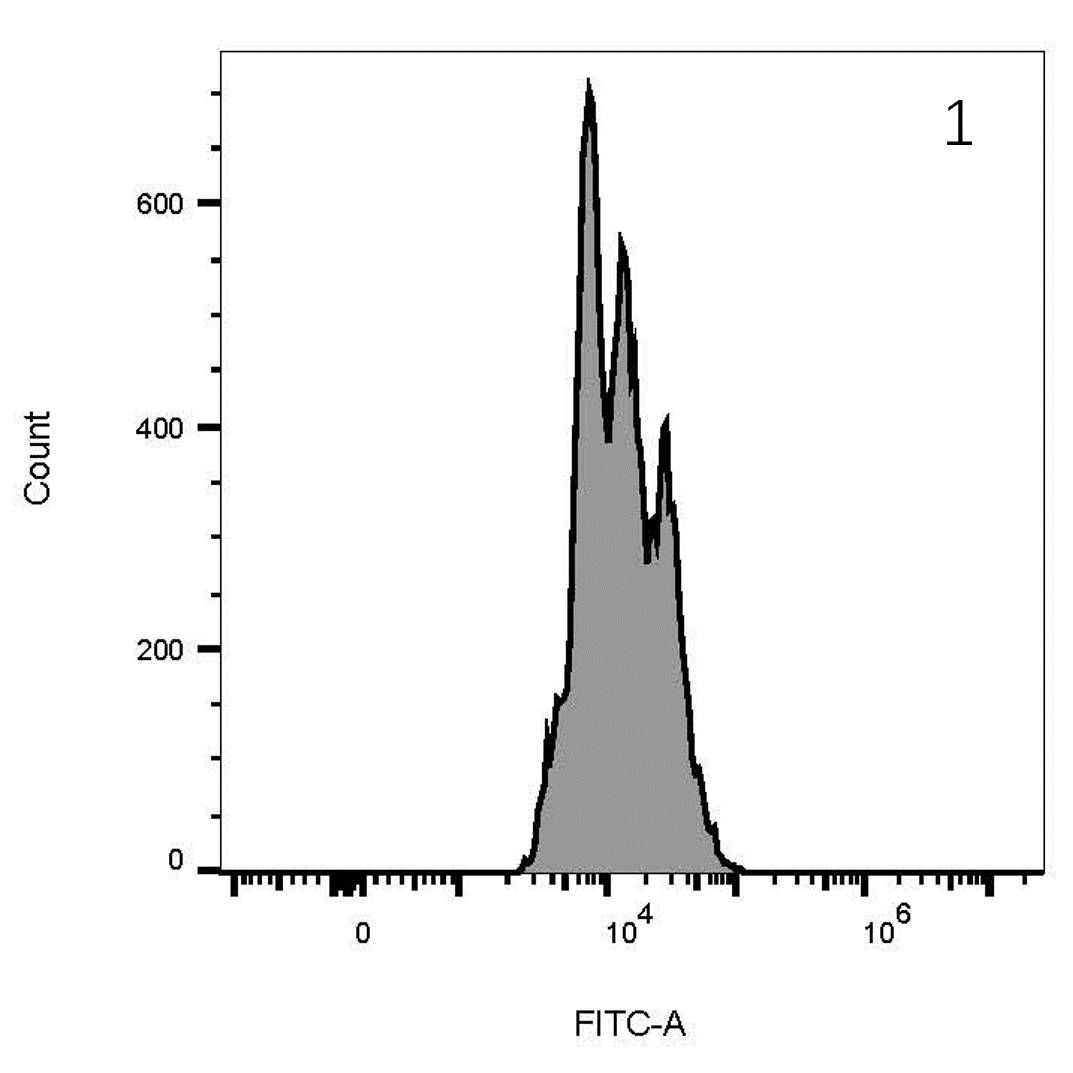Product Specification
| Host |
Mouse |
| Antigen |
CD3 |
| Synonyms |
T-cell surface antigen T3/Leu-4 epsilon chain, CD3e, T3E |
| Immunogen |
N/A |
| Accession |
P07766 |
| Clone Number |
OKT3 |
| Antibody Type |
Mouse mAb |
| Isotype |
IgG2a,k |
| Isotype Control |
Invivo mouse IgG2a isotype control |
| Application |
FC, Functional Assay, in vitro T cell stimulation/activation |
| Reactivity |
Hu |
| Purification |
Protein A |
| Concentration |
Lot specific* (generally 0.5 to 5 mg/ml)* |
| Endotoxin |
<1EU/mg |
| Conjugation |
Unconjugated |
| Physical Appearance |
Liquid |
| Storage Buffer |
PBS pH7.4, containing no preservative |
| Stability & Storage |
2 to 8 °C for 2 weeks under sterile conditions;
-20 °C for 3 months under sterile conditions;
-80 °C for 24 months under sterile conditions.
Please avoid repeated freeze-thaw cycles.
|
Dilution
| application |
dilution |
species |
| Functional Assay |
1:500 |
|
| FC |
1:500 |
|
Background
This antibody recognizes the same epitope as
clone
OKT3.
CD3 (cluster of differentiation 3) is a protein complex and T cell co-receptor that is involved in activating both the cytotoxic T cell (CD8+ naive T cells) and T helper cells (CD4+ naive T cells). It is composed of four distinct chains. In mammals, the complex contains a CD3γ chain, a CD3δ chain, and two CD3ε chains. These chains associate with the T-cell receptor (TCR) and the CD3-zeta (ζ-chain) to generate an activation signal in T lymphocytes. The TCR, CD3-zeta, and the other CD3 molecules together constitute the TCR complex. The CD3–T cell receptor (TCR) complex plays a central role in the T-cell-mediated immunoresponse as it is involved in the recognition of antigens and subsequent signal transduction and activation of immunocompetent T lymphocytes. Because CD3 is required for T cell activation, drugs (often monoclonal antibodies) that target it are being investigated as immunosuppressant therapies (e.g., otelixizumab, teplizumab) for type 1 diabetes and other autoimmune diseases.









